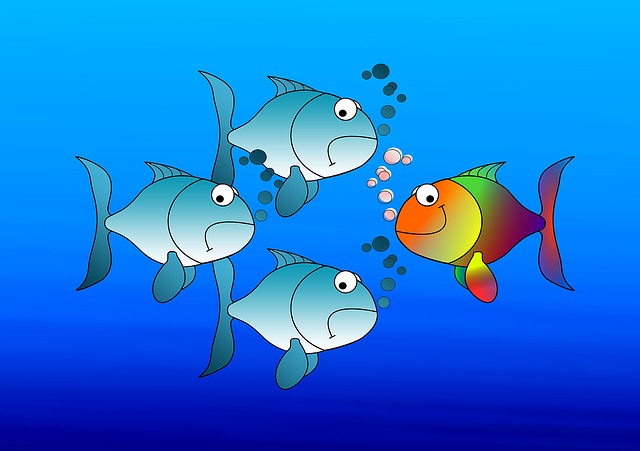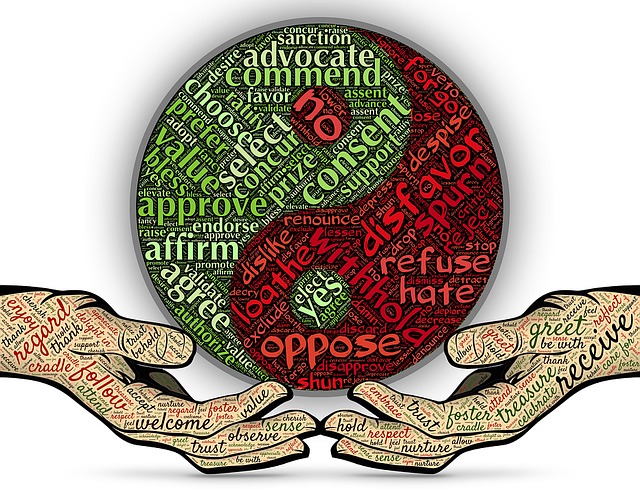Rosie Ayliffe in her book, Far from Home, tells the story of how her grief after the murder of her 21 year old daughter, Mia, in a hostel in Queensland in 2016 energised her to fight for legislative reform for Australian backpackers. She tracks the early life of her vivacious daughter who loved people and travel, shares the rawness of her grief and exposes the exploitation of backpackers who engage in the 88 days farm work requirement to qualify for a visa to stay in Australia for a second year. Rosie describes her work to uncover the extent of the injustice towards backpackers and her campaign to redress the lack of registration and controls over the farm work scheme.
Rosie’s research fuelled by her grief and her fury over the widespread exploitation of backpackers from overseas came at considerable personal cost, not the least being reliving the nightmare of her daughter’s savage murder and that of Tom Jackson who tried to come to her aid. In her quest to right the unspeakable wrongs, she left no stone unturned to seek justice for her daughter, Tom and the countless backpackers who had suffered as a participant in the scheme. She met opposition from farmers, union officials, politicians and others with a vested interest in maintain the status quo.
Rosie, an experienced journalist who had travelled the world, was not put off by this opposition but was inspired by the love she had for Mia and the endless expressions of love and grief from Mia’s friends around the world. Rosie built a network of support in Australia including the parents of Tom Jackson and organisations like the Salvation Army who had been working to support backpackers and redress the wrongs they experienced. She also built alliances with people in England, her home country, where many people had agitated for, and achieved, a modern slavery act.
Rosie Ayliffe on Australia Story
Rosie’s grief permeates her story and is never far from the surface. She recounts the arduous task of creating Part 1 and Part 2 of Long Way from Home for the TV show Australia Story. There were not only the exertions involved in filming and retakes but also the energy and effort for the additional research required and the unsettling visit to the hostel in North Queensland where Mia died. Rosie was able to create the expose through the support of her friends, colleagues and the creators and film crew of Australis Story. The TV show gave increased exposure to the issues for backpackers including the psychological, financial and sexual exploitation. This, in turn, led Rosie to make a contribution to an inquiry underpinning moves for a modern slavery act in Australia.
Reform and Compassionate Action
Rosie’s efforts and determination contributed substantially to the development and promulgation of the Queensland State legislation known as the Labour Hire Licensing Act 2017 and the Federal Legislation, The Modern Slavery Act 2018. Rosie’s story is one of love, loss and unrelenting courage written with the exemplary writing skill of a journalist, compassion of a mother, and resilience to unearth the adverse circumstances contributing to her daughter’s death. Mia herself is never far from the surface nor is the rawness of Rosie’s grief. As Rosie points out, grief and its expression are different for everyone and cannot be quantified or compared. She maintains that grief for the loss of a child is especially traumatic and enduring for a parent because there are “so many painful reminders, so many missed moments, so much wasted potential”.
Despite her grief and her anger, Rosie was able to rise above the debilitating effects of her loss, learn again to be grateful for life and show compassionate action towards the parents of the mentally ill person who murdered her daughter through her expressions of forgiveness and understanding and desire to build a relationship with them. Therein lies the true character of Rosie, her love of others and deep, abiding compassion.
Reflection
Rosie’s story is moving, challenging and inspiring. It moves us to share the grief and sense of loss, it challenges us to take compassionate action towards others who may have hurt us and inspires us to appreciate life and the present moment, because the human condition is fragile and life is transitory. As we grow in mindfulness through meditation, expressions of gratitude and reflection on our life and friendships, we can develop a deep sense of appreciation and the courage for compassionate action.
___________________________________________
Image by fotografierende from Pixabay
By Ron Passfield – Copyright (Creative Commons license, Attribution–Non Commercial–No Derivatives)
Disclosure: If you purchase a product through this site, I may earn a commission which will help to pay for the site, the associated Meetup group, and the resources to support the blog.



